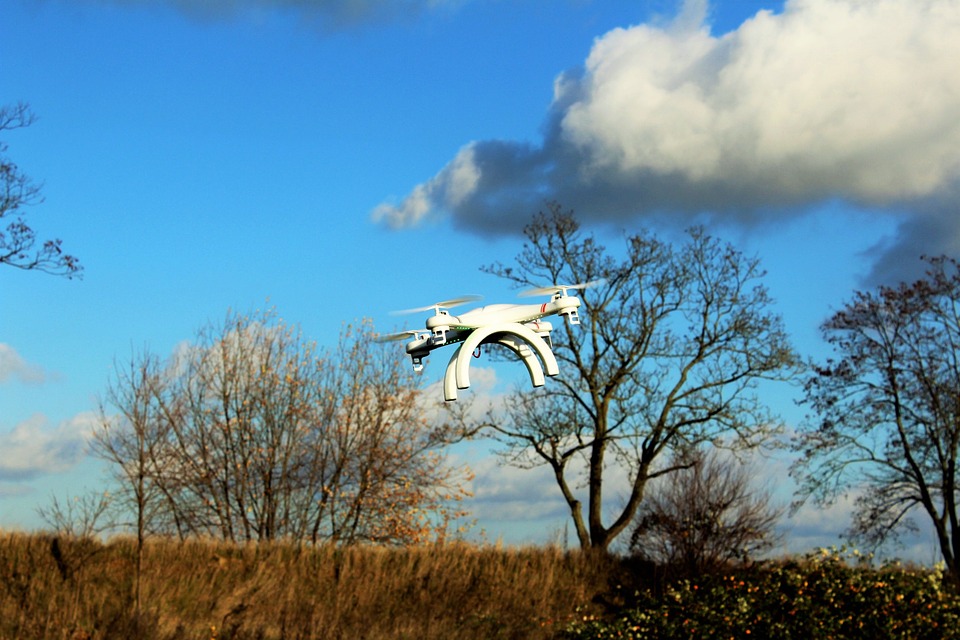
Drones are beginning to take off, and Dronecode wants to take off with them. The organization designed to bring resources and tools to developers announced major milestones that it said are advancing its open-source platform for drones.
“From increasing member investments, to a growing, vibrant developer community, the Dronecode Project’s first year has been extremely exciting,” said Chris Anderson, CEO of 3DR and chairman of Dronecode’s board of directors. “By bringing efforts together to establish a common platform and utilizing open-source best practices, we’re able to build the foundation for a new era of drone applications that extend from the camera to the cloud.”
(Related: Why drones will keep taking off)
According to Dronecode, the highest growth rate for drones is in commercial opportunities across applications such as agriculture, energy, utilities, mining and construction, and the organization wants to help tackle the software and hardware barriers blocking the development and adoption of these critical apps. The organization announced the formation of three technical working groups designed to provide better standardization and interoperability in camera and gimbal controls; airspace management; and hardware/software interfaces.
The working groups include:
• MAVlink Camera Working Group, which aims to work with camera manufacturers on implementing the MAVlink protocol in cameras. (MAVlink stands for Micro Air Vehicle Link, a protocol for communicating with small drones.) The working group will also help developers and manufacturers expand the Dronecode platform to support additional cameras and functions.
• Airspace Working Group, which intends to establish common data types, units and formats that all airspace providers will be able to transmit and receive. The group will also be responsible for coming up with best practices that ensure separation between aircraft and establish common response behavior.
• Hardware Working Group, which is designed to establish mechanical and electrical standards for interfaces to the autopilot and peripherals. According to the organization, the standards will create a more formal interface between hardware and software development.
“The Dronecode ‘full-stack’ platform approach, combined with the hardware and software innovations of its members, will bring about a new generation of drones that are autonomous, aware of their environments, and continuously connected—an airborne Internet of Things,” Anderson said.
In addition, the organization announced investments from 27 new member organizations, nearly tripling its membership since its formation. The newest members include Aerotenna, AirMap, Airphrame, Altitude Angel, AutoModality, BirdsEyeView Aerobotics, CUAV, Droidika, Dig.y.SoL, DroneDeploy, Droneworks, Emlid, enRoute, Falcon Unmanned, Hex Technologies, the Humanitarian UAV network, Incite Focus, InspecTools, Matternet, OpenTX Project, ProfiCNC, Sentera, Skedans, Stanford University Aerospace Design Lab, UAVCAN, Yinyan Tech US, and Zubax.






